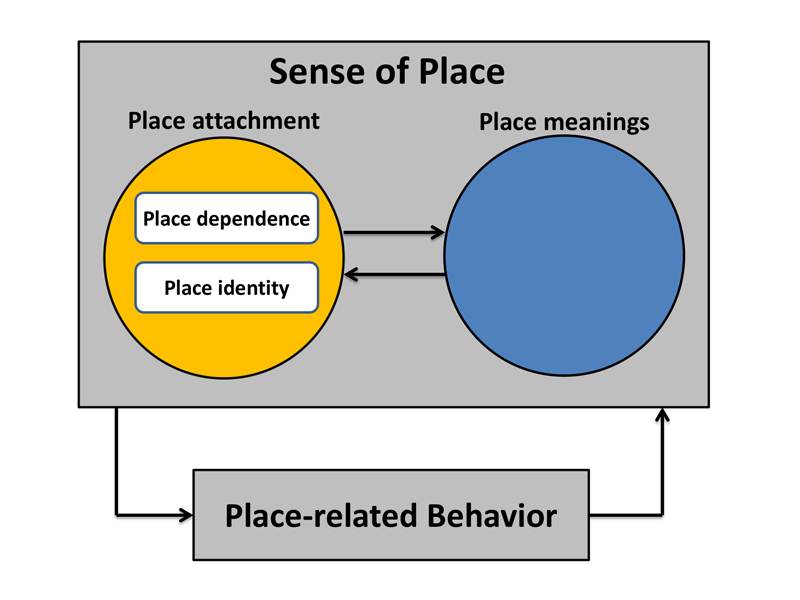
We speak about Sonoma’s “sense of place” as if such an idea is obvious, that character and the meaning of “small town” are self-evident. The idea of “Sonoma,” if it occurs to one at all, necessarily resides in the imagination as an abstract totality, while simultaneously existing to the senses as an external assemblage of separate objects and structures in the physical landscape.
Like any abstraction, the idea of “Sonoma” is inherently subjective; each of us develop and maintain our own mental version of “Sonoma”, one which suits our own particular mood, tastes, desires, impressions, relationships and so forth. From within this interior landscape emerge verbal descriptions using words like “quaint, charming, small, sweet and slow” or “crowded, noisy, busy, fun and vibrant.” These words emerge from the underlying “grammar of place,” the unspoken sensory and internal emotional experience of actual existence within space, in this case, the built space of the City of Sonoma set below its oak-studded hillsides.
While we are free to indulge our internal, abstracted landscape of “Sonoma” and harbor any and all thoughts or feelings that emerge, as a society we decided (unlike England which still hews to their oral tradition of Common Law) to collectively agree to respect the syntax that emerges from the grammar of place. We call such syntax constitutional “rights”, and then establish “rules”, “laws”, and “regulations” by creating definitions and employing the injunctive language of “shall” and “shall not.”
Thus, from the grammar of place arises the precise vocabulary of land use development regulations, the words we use which limit or permit a physical alteration of Sonoma. With each alteration, the underlying grammar of place shifts subtly or grossly (for better or worse) depending upon one’s point of view. Each successive change in the underlying grammar of place alters the derived internal abstraction. For example, once a traffic signal is installed at an intersection where none existed previously the grammar of place of that particular intersection changes forever; it becomes subject to the non-verbal meta-grammar of “red”, “yellow” and “green”. The abstracted interior landscape changes along with it.
The dynamic relationship between the interior and exterior landscape intersects with society’s need to maintain order and stability, prompting difference of opinion as to the degree to which specific rules should be imposed. An effort such as Sonoma’s Hotel Limitation Measure is specifically intended to affect the underlying grammar of place by recognizing the ways in which hotel size itself conveys wordless information about meaning and community values.
Change is inevitable, and the grammar of place is not exempt. The broad mechanisms of governance, whether by representative or by ballot box, determine the degree to which Sonoma will change, in what ways and how fast. Just as traditional zoning and the Urban Growth Boundary influence our grammar of place, so a Hotel Limitation Measure will in part influence it. By itself, the measure will not prevent other types of change, though how the community views itself, its desired future and planning decisions may flow from it.
The process of preserving Sonoma is not about stopping change or turning back the clock but artfully working with our grammar of place. This includes properly valuing Sonoma’s unique culture and safeguarding its built environment and physical history, neither of which if lost can ever be replaced.
Larry is like a fine wine: subtle, complex, interesting, nuanced, compelling. This could be one of his best columns.